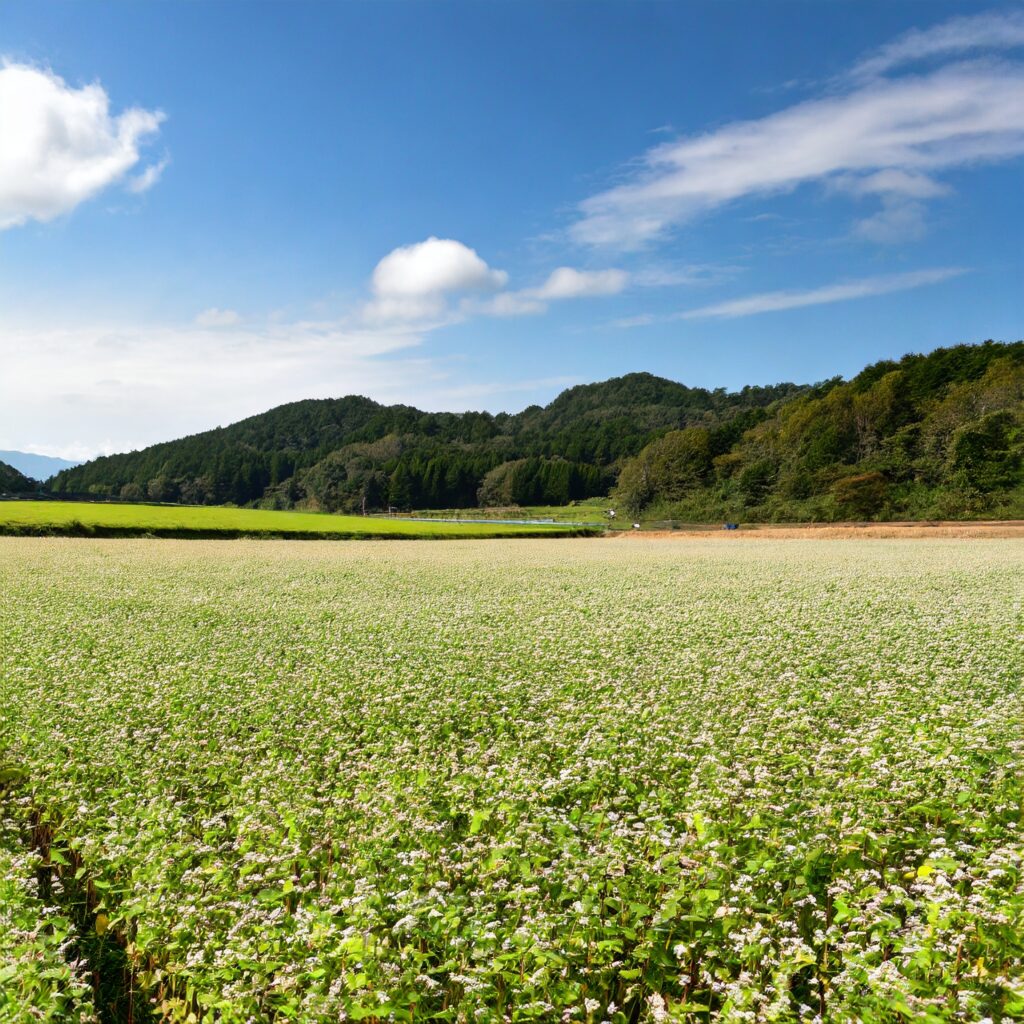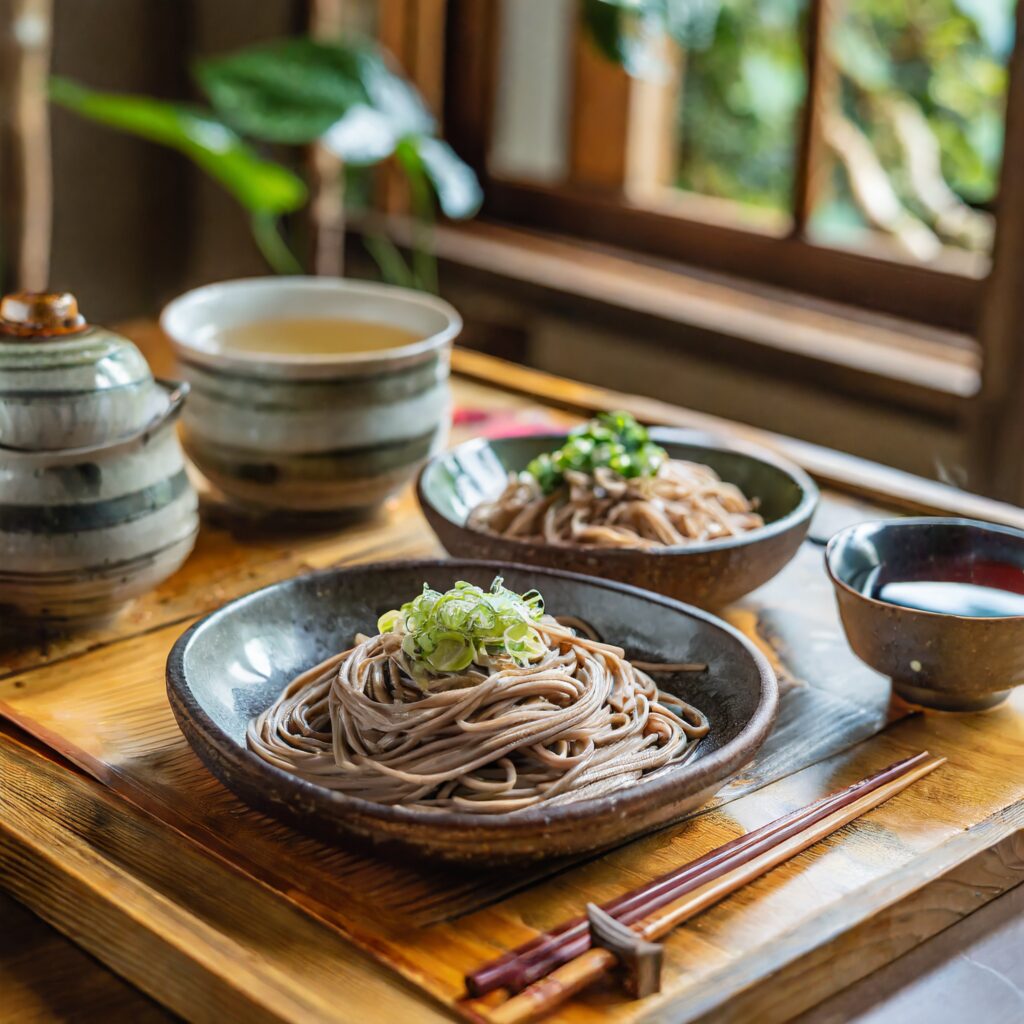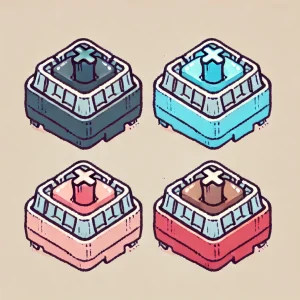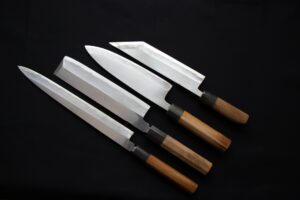

Soba noodles are known for their simplicity and unpretentious nature. They are typically made from a straightforward combination of buckwheat flour and water. This simplicity highlights the essence of the ingredients and aligns with the fundamental principles of Japanese cuisine, where enjoying the natural flavors is paramount.
Moreover, soba noodles are renowned for their nutritional value and nourishing qualities, making them beloved among health-conscious individuals. They are rich in vitamins B and folate, minerals, and dietary fiber. Additionally, they contain high-quality amino acids as part of their protein content. Soba noodles are not just valued as a grain but also as a food that contributes to beauty and overall well-being.
Soba noodles are also appreciated for their versatility across the four seasons in Japan. Cold soba noodles (known as “zaru soba”) are especially popular during the hot summer months, providing a refreshing meal on scorching days. On the other hand, hot soba noodles (such as “kake soba” and “tsuyu soba”) are perfect for warming up during the colder seasons. This adaptability to the seasons adds to the allure of soba noodles.
Soba Noodles Types and Characteristics
Soba noodles come in several varieties, each with its unique characteristics based on preparation, ingredients, and texture. Here are some common types:
Sarashina (More Soba)
Sarashina soba is known for its very thin noodles. It is made using the precious “ichiban-ko” or “first powder,” which is the first flour obtained when grinding soba seeds. The result is smooth, easy-to-slurp noodles with a pleasant mouthfeel.
Juwari (100% Soba)
Juwari soba, as the name suggests, is made exclusively from 100% buckwheat flour. Unlike other types, it contains no wheat flour. This gives it a distinct and robust soba flavor, known for its aromatic and rich qualities. It’s a simple yet profound way to enjoy the essence of soba.
Ni-Hachi (2:8 Soba)
Ni-hachi soba is made by mixing soba flour and wheat flour in a 2:8 ratio. This addition of wheat imparts a mild wheat flavor to the noodles, resulting in a slightly brighter color and smoother texture compared to other soba varieties. It strikes a balanced flavor that appeals to many.
Soba Noodles: Popular Dishes
Soba noodles offer a wide range of dining experiences, thanks to various preparation methods and ingredient combinations. Here are some popular soba dishes:
Zaru Soba (Chilled Soba)

Zaru soba is a cold soba style where the noodles are cooked, rinsed in cold water, and served on a bamboo sieve. It’s often accompanied by a dipping sauce, making it a favorite choice on hot summer days. The cold and refreshing taste perfectly complements the hot weather. It is commonly served with toppings like green onions and wasabi.
Kake Soba (Warm Soba)
Kake soba involves pouring a hot soba broth over boiled soba noodles. This is a year-round favorite, with the warm broth comforting during the colder months while accentuating the aroma of the soba. It is typically garnished with sliced green onions.
Tempura Soba
Tempura soba combines warm soba noodles with a savory broth, topped with tempura (deep-fried) ingredients. The crispy, hot tempura complements the broth, making it a delightful choice. The specific tempura ingredients can vary with the season, offering a taste of fresh, seasonal produce.
Kitsune and Tanuki Soba
Kitsune soba features sweet and savory fried tofu (aburaage) as a topping, while tanuki soba includes bits of tenkasu (tempura batter). These dishes are known for their balanced flavors and are particularly popular with children due to the sweet and savory elements.
Oroshi Soba (Grated Daikon Soba)
Oroshi soba involves topping soba with freshly grated daikon radish, adding a refreshing element to the dish. The grated daikon enhances the soba’s flavor and offers a unique texture.
Making Soba at Home: Using Dried Noodles
Creating soba at home is an accessible way to enjoy this beloved Japanese dish. While traditional hand-making of soba noodles requires skill, using dried noodles makes it achievable for beginners.
Ingredients You’ll Need
Dried Soba Noodles
You can find soba noodles in most supermarkets or Asian grocery stores. Choose from either thin or thick soba noodles based on your preference.
Soba Tsuyu (Soba Dipping Sauce)
Soba tsuyu is a crucial condiment that enhances the flavor of soba. You can use store-bought tsuyu, which is typically diluted, or make your own by mixing dashi (stock), soy sauce, mirin, and sugar.
Toppings
Common soba toppings include wasabi, grated daikon radish, and chopped green onions. These toppings add depth to the flavor and provide a refreshing contrast.
Step-by-Step Instructions
Cooking Soba Noodles
Bring a large pot of water to a boil.
Once the water is boiling, add the dried soba noodles to the pot. Follow the package instructions for cooking time, which is usually around 4 minutes for thin noodles and about 5 minutes for thicker ones.
After boiling, immediately drain the noodles and rinse them under cold running water to remove excess starch. This step helps achieve the desired soba texture.
Assembling the Dish
Pour soba tsuyu into a serving bowl. Adjust the dilution according to your taste.
Place the cooked and rinsed soba noodles into the bowl. This style is typically known as “zaru soba,” served cold.
Add your choice of toppings, such as wasabi, grated daikon, and chopped green onions, directly to the soba tsuyu.
To eat, dip the soba noodles into the tsuyu and enjoy with the accompaniments. The spiciness of wasabi and the refreshing nature of grated daikon complement the soba noodles beautifully.
Making soba at home using dried noodles is a convenient way to savor the flavors of this traditional Japanese dish without the complexity of handmade soba. It’s an accessible and enjoyable culinary adventure that allows you to explore Japanese cuisine in the comfort of your home.








